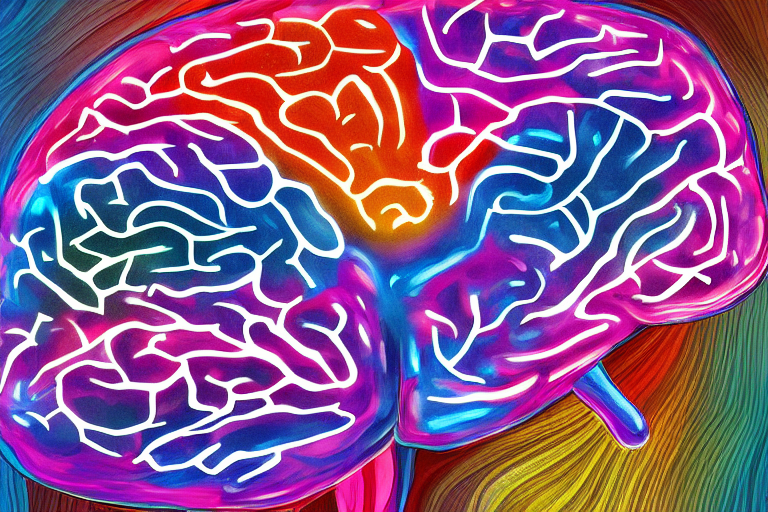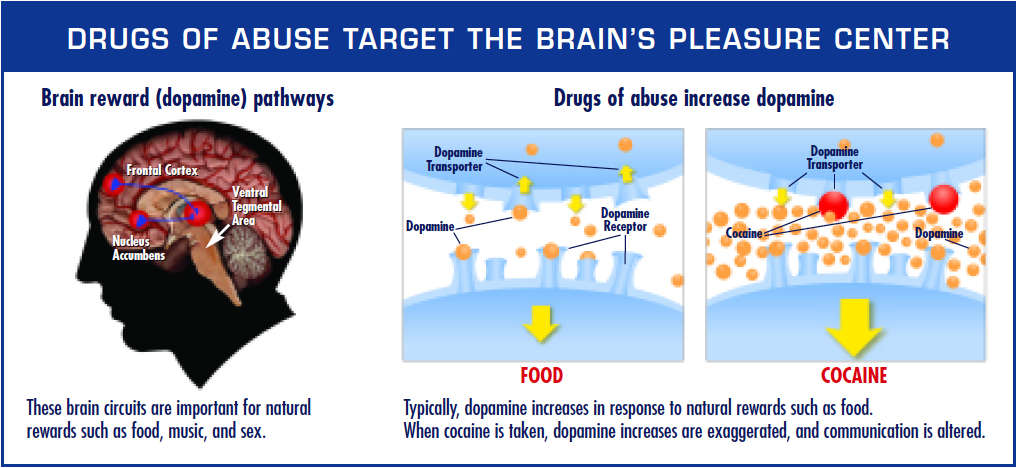This is the first post on my blog! There is so much to say, but it would be better to start with some basic things that will be useful to us in the future.
If you set out to talk about the reward system in detail, more than one article is needed. Today I want to talk about general things and terms without delving into neurobiology and neurochemistry too far.
So, the reward system in the human brain (or mesocorticolimbic circuit) is a complex network of structures, pathways, and neurotransmitters involved in processing pleasurable sensations, motivation, decision-making, rewards, and reinforcement learning. It plays a key role in shaping our behaviors and decision-making by providing positive feedback for actions that are beneficial to our survival and well-being.
A bit of anatomy

The main structures of the reward system include:
- The Ventral tegmental area (VTA) is a group of neurons located in the midbrain that release the neurotransmitter dopamine in response to pleasurable stimuli.
- The Nucleus Accumbens is a region of the brain located just below the prefrontal cortex that is involved in the processing of pleasure and reward.
- The Prefrontal Cortex is the part of the brain responsible for decision-making, planning, and other higher-level cognitive functions. It plays a key role in the reward system by helping to regulate and interpret the signals from the VTA and nucleus accumbens.
There are other structures without which the reward system will not fully work. For example, the pleasure centers of the brain, the hippocampus, the amygdala, and the numerous pathways between them. But the structures mentioned above, so to speak, form the basis of the reward system.
Reward King

The reward system is primarily mediated by the neurotransmitter dopamine, which is released in response to pleasurable or rewarding stimuli, such as food, sex, and drugs. This release of dopamine activates the reward pathways in the brain, leading to feelings of pleasure and satisfaction.
This dopamine release helps to reinforce the behavior that led to this pleasurable sensation. Over time, this reinforcement process can help to shape a person’s behavior and motivate them to seek out similar pleasurable experiences in the future.
In addition to dopamine, other neurotransmitters, such as serotonin and endorphins, are also involved in the reward system and can contribute to feelings of pleasure and reward.
Addiction

However, the reward system can also be hijacked by substances that are not essential for survival, such as drugs of abuse. These substances can cause a rapid and excessive release of dopamine, leading to an intense feeling of pleasure and reward. Over time, this can lead to addiction and other harmful behaviors.
When a person engages in behaviors that are associated with intense pleasure, such as taking drugs or gambling, the reward system makes bad things. It is thought that addiction develops as a result of dysregulation of the reward system in the brain.

Over time, chronic drug use can lead to changes in the brain’s reward pathways, resulting in a decreased sensitivity to natural rewards and an increased sensitivity to the drug. This can make it difficult for the person to experience pleasure from everyday activities and can make it harder for them to resist the urge to use the drug.
In addition, studies have suggested that people with addiction may have abnormalities in the dopamine system, such as a lower density of dopamine receptors or dysfunction in the signaling pathways that regulate dopamine release. These abnormalities may increase the person’s vulnerability to addiction and may also contribute to the negative consequences of addiction, such as impaired decision-making and impaired control over behavior.
Overall, the research suggests that dopamine plays a critical role in the development of addiction and that dysregulation of the dopamine system may contribute to the negative consequences of addiction.
That’s all for today.
If you think that something needs to be added or corrected here, write to me. I am always glad to dialogue.
I hope the article was helpful. Please support the development of this blog:
- Subscribe to my social networks (Twitter, Reddit).
- Share a link to this article with your friends.
- Tell about the blog on thematic resources or in chats.
Thank you for your time and attention 🙏



